
Skoda Rapid Spaceback (2013-2019) review
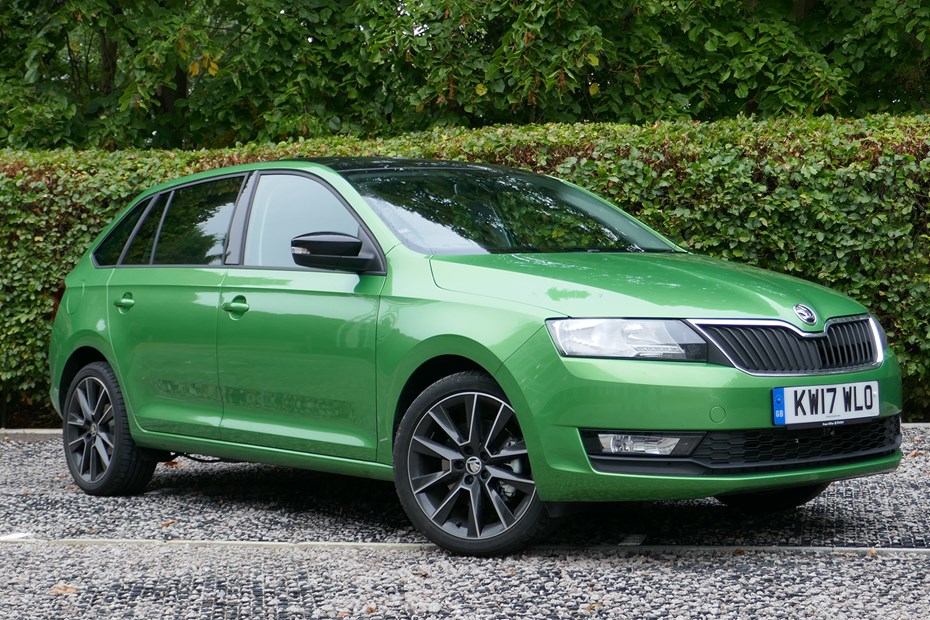
At a glance
| Price new | £13,500 - £19,555 |
|---|---|
| Used prices | £1,693 - £11,125 |
| Road tax cost | £20 - £195 |
| Insurance group | 11 - 18 |
Get an insurance quote with

|
|
| Fuel economy | 43.5 - 51.4 mpg |
| Range | 581 - 895 miles |
| Miles per pound | 6.4 - 7.5 |
| Number of doors | 5 |
| View full specs for a specific version | |
Available fuel types
Petrol
Diesel
Pros & cons
- Practical touches
- Great passenger space
- Characterful 1.0-litre petrol
- Low running costs
- Smaller boot than regular Rapid
- Clattery diesel engines
- Cheap-feeling interior
- Slow-changing DSG automatic
Skoda Rapid Spaceback (13-19) rivals
Overview
The Skoda Rapid Spaceback was a compact, practical car that sits above the Fabia but below the Octavia in the Czech marque’s range. The Spaceback attempted to blend the looks of a hatchback with the practicality and flexibility of an estate, and has young families on a budget in mind.
Skoda Scala is the replacement for the Rapid Spaceback
It was part of Skoda’s push to redevelop its range for Europe and get the brand into key markets where it may have never had a presence before. That said, the Rapid wasn’t a huge seller in the UK, with the aforementioned models having a bigger British fan-base.
Launched in 2014 and phased out in 2019, the Spaceback – and its longer, regular Rapid hatchback sibling – were treated to a facelift with updates to the exterior, interior and engine range in 2017. It faced mainstream hatchback rivals like the Ford Focus hatchback, Hyundai i30 hatchback and Kia Ceed hatchback.
Same passenger space, smaller boot
Skoda deliberately didn’t call the Rapid Spaceback an estate, and for good reason. It’s 18 cm shorter than the Rapid hatchback, instead insisting it’s an alternative five-door and built for lifestyle types rather than out-and-out load-lugging.
The wheelbase however remained the same as the conventional Rapid’s at 2,602mm which means that the Spaceback has some impressive passenger space; taller passengers will be pleased to learn of the 980mm headroom.
But it did mean boot space has suffered, and while the Rapid hatchback could hold 550 litres of luggage with the seats in place the Spaceback made do with only 415 litres. The theme continued when the seats are folded flat, with the figure dropping from 1,490 litres to a still impressive 1,381 litres.
The optionally available double cargo floor however offers a choice of boot floor height and adds some extra practicality. The parcel shelf can be stowed against the rear seatbase too, so if you have to carry taller loads there’s no need to leave the load cover at home.
.jpg)
Range of petrol and diesel engines
Based on the same design as the Rapid up to the rear edge of the front doors, it should come as no surprise that the Spaceback shared plenty of other components with that car. And so it is with engine line up, the front-wheel drive Spaceback boasted a choice of diesel and petrol engines.
There was a pair of turbocharged TSI petrols in 1.0- and 1.4-litre capacities, as well as 1.4- and 1.6-litre TDI diesels. Dependent on which engine you chose, there was either a five- or six-speed manual available, or a seven-speed DSG automatic gearbox. The 1.4-litre TDI diesel engine ranked as the most fuel-efficient in the range, going on claimed figures of 72.4mpg and CO2 emissions of 103g/km.
Styling tweaks to make the Rapid Spaceback more interesting
There really was no getting away from Skoda’s desire to see this as a lifestyle addition to its range rather than a load lugger, and the firm even offered a ‘prolonged rear window’. By extending the dark tinted area of the rear screen down into the tailgate by 100mm it visually lowered the Rapid Spaceback’s rear, which made it look more glassy.
Teamed with the huge optional panoramic glass roof, you could be forgiven for thinking the glazed area stretches all the way from the base of the windscreen.



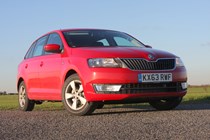
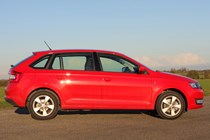
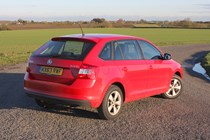
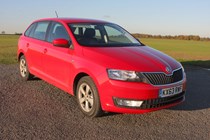
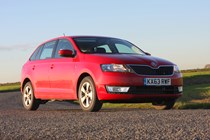
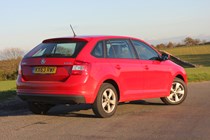
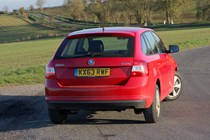
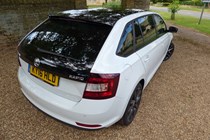
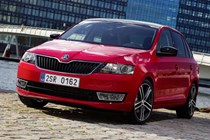

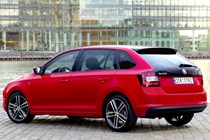
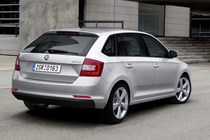
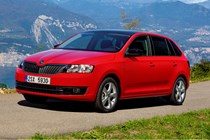
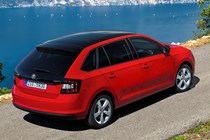
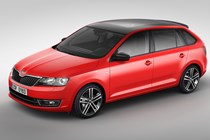
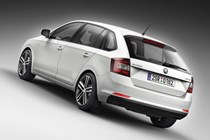
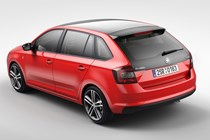
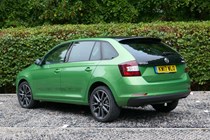
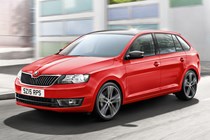
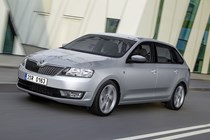
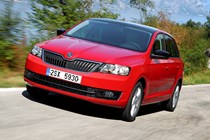

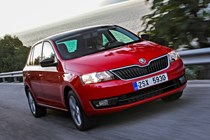
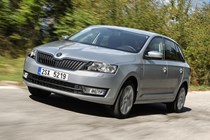
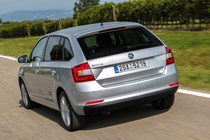
.jpg)
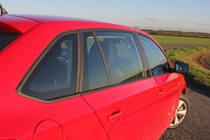
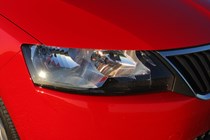
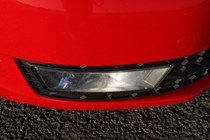
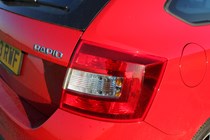

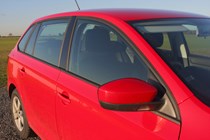
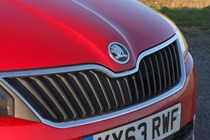
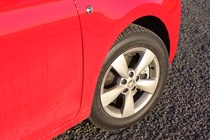


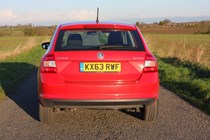
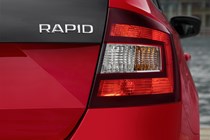
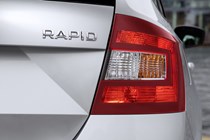
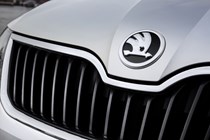

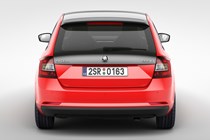
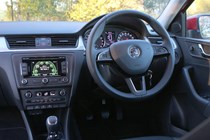
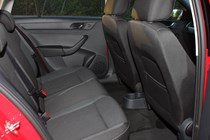
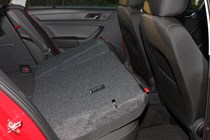
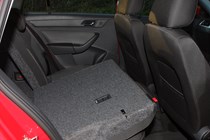
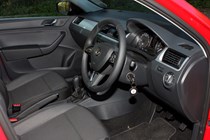
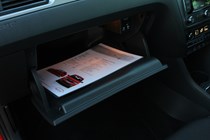

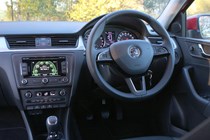
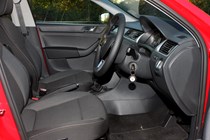
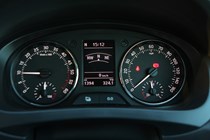
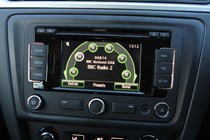
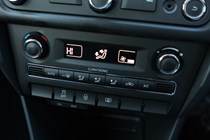

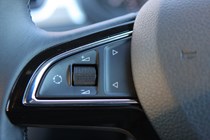
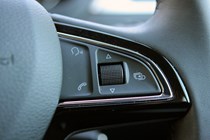
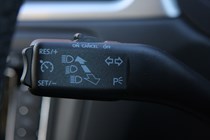
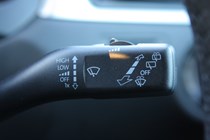
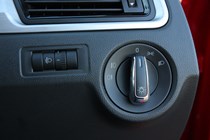
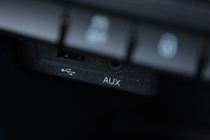
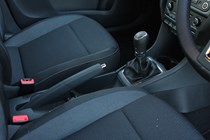
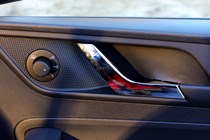
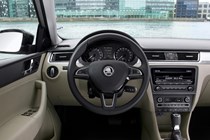
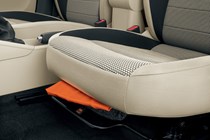
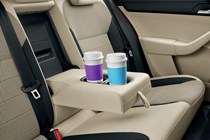
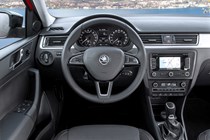
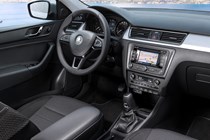
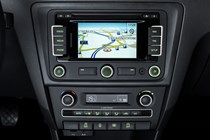
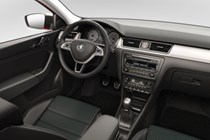

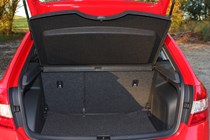
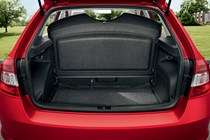
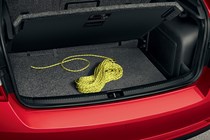
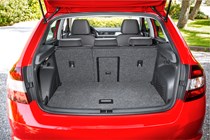
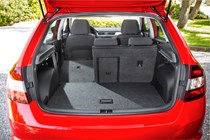
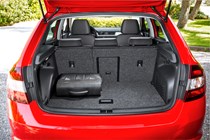
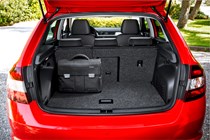
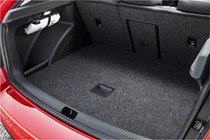
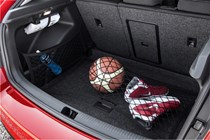
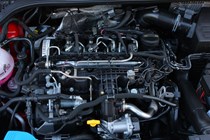
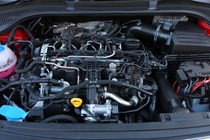
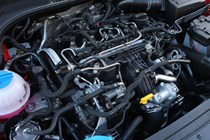
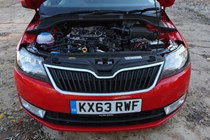
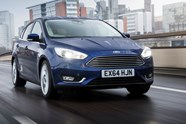
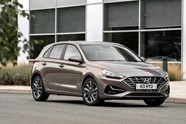



























.jpg?quality=50)

























































